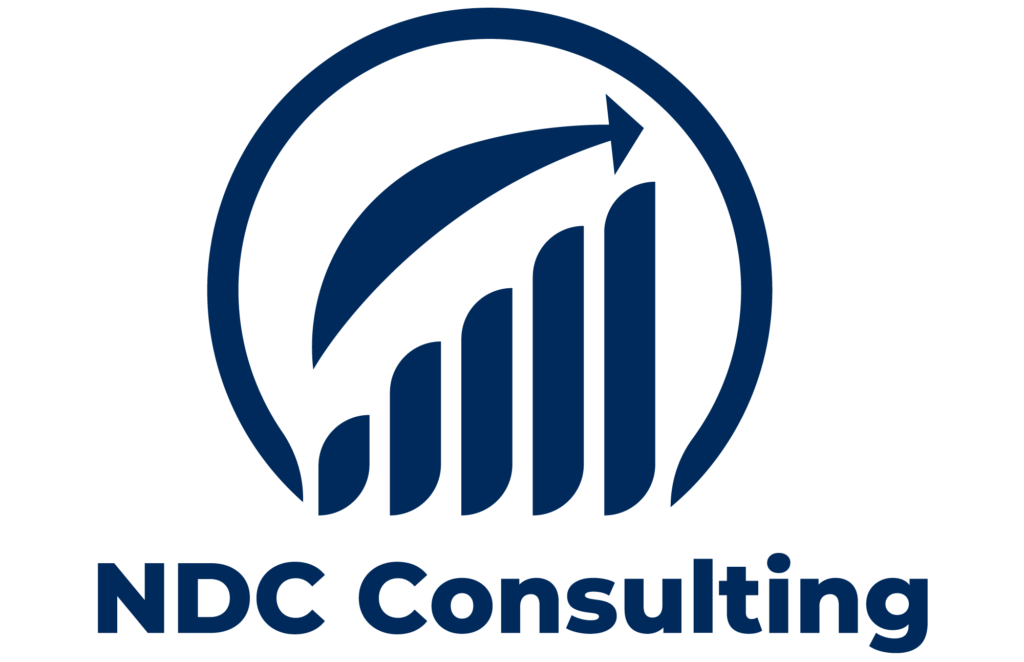
Improving patient care outcomes is largely dependent on digital technologies. There are more hazards and security flaws as digital technology in healthcare becomes more prevalent. Healthcare institutions that use these technologies must strike a careful balance between enhancing diagnosis and treatment plans through their use and safeguarding security and privacy. You may maximize its benefits by overcoming any of these obstacles with a security risk analysis in the healthcare industry.
How Comes Healthcare Becomes a Target for Security?
The use of technology to enhance patient care and the management of patient data presents an obstacle. While it increases patient privacy and information accessibility, it also puts patients at risk. The possibility that a company would be targeted by hackers and the level of threat it faces correspond closely with its size.
But why do they want to go after the healthcare and medical sectors specifically? It might be a clear target for the following reasons, among others:
- Since almost everyone visits healthcare providers at some time in their lives, cybercriminals have access to a wide range of personal data.
- The medical records of the patient are extremely thorough and frequently contain financial data.
- A network of healthcare professionals shares patient health information. Any one of these network access points can be simply targeted by the hackers. Any weak points make patient data accessible to criminals.
When criminals obtain access to personal patient data, they can either utilize it for their own purposes or sell it to other parties. For instance, someone could use someone else’s identity to obtain credit card or other financial information. In addition, some thieves may target the company directly by demanding a ransom to unlock the patient database.
The best course of action is to stop it, regardless of the criminal’s motivation for breaking into the healthcare system to obtain private data.
Regular Security Issues in Healthcare
To make sure that patient data is safe, the first step is to conduct a security risk analysis. You may identify possible security breaches in any of the following areas with the help of the security analysis.
1. Staff
In a healthcare context, staff are usually the ones that initiate security breaches, which may come as a surprise to you. Workers are targeted for collecting sensitive information since they have direct access to patient health information.
Staff members may not intentionally disclose information, but they may unintentionally do so if they are unaware of the security policies and procedures. A healthcare provider might, for instance, discuss a patient’s medical records or treatment plan with a patient’s family member or relative without getting consent. Healthcare personnel who disclose patient medical information to colleagues or post it on social media have faced disciplinary action.
2. Third-Party Vendors
In order to provide their patients with services, healthcare institutions collaborate with third-party vendors and commercial partners. Hospital partnerships with health insurance companies are a typical example of this. Between these two entities, information on a patient’s insurance coverage for the cost of the procedure or treatment is exchanged.
To make the insurance payment easier in this procedure, the third-party vendor gets access to the patient’s data. When patient information enters the insurance company’s database, it may be risky unless they have the same security measures in place as your organization.
An evaluation of the risks involved must be carried out before engaging with outside providers. Additionally, you have to carefully assess their security guidelines, particularly in terms of preventing IT risks. Ensuring the security of your patient’s information throughout the transaction is the aim. Verify that the suppliers adhere to HIPAA regulations as well.
3. Devices
Security threats in healthcare may originate from the devices used for patient health information storage, management, processing, and sharing. Encrypting computers used in the healthcare setting is essential to preventing unauthorized access to private information. Make sure your IT department is committed to installing firewalls and other security measures that safeguard sensitive information.
Make sure your employees’ personal devices—like laptops or smartphones—comply with your security protocols if you permit them to use them for work. Because personal devices lack the same level of protection as your work PCs, allowing their use presents a serious security risk. They could also be easily misplaced or stolen at the same time. Patients’ health information is at risk when this occurs.
Address Security Risk Analysis Challenges in Healthcare Industry
By doing security risk analysis, you may identify your security system’s weak points. To reduce risk or lessen the effects of such attacks, you can create remediation strategies for your workers and your devices.
Without a security risk analysis, you are unable to identify the source of your threats and their attack strategy. For the analysis to be done correctly and quickly, security risk specialists are required.
After completing the security risk analysis in the healthcare industry, what should you do next? Educating your staff is the first step. As previously said, they are the ones with instant access to patient health data. In order to monitor and identify possible risks or threats, they must thus have a thorough understanding of the best security measures.
Establishing security protocols that will stop cybercriminals from accessing your database is the next stage. To guarantee that patient data is safeguarded by the security protocols in place on your network, for instance, you must strictly enforce the usage of only authorized devices for patient data access.
To strengthen your devices’ security defenses and lessen their susceptibility to attacks, it is also advised that you do routine software updates. Disposing of hardware and other devices that contain private medical data requires the implementation of safety measures.
Link article: healthcarecompliancepros.com

